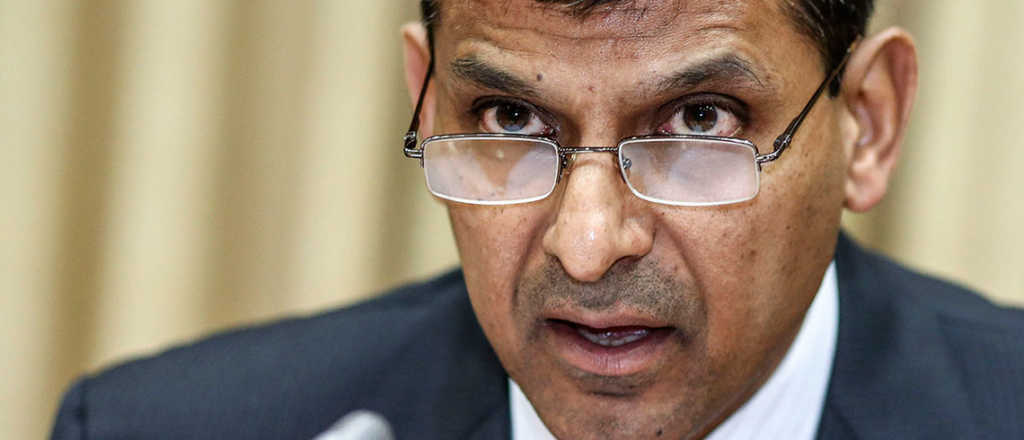Raghuram Rajan, former governor of RBI has blamed corrupt bank management and UPA era policies for Non Performing Assets (NPAs) problem. Lok Sabha Committee on Estimates headed by Murli Manohar Joshi had asked for a response from Rajan over the NPA problem. Raghuram Rajan replied to various questions like why NPAs occurred, why did the RBI set up various schemes to restructure debt and how effective were they, did the RBI create the NPAs, why did the RBI initiate the Asset Quality Review, did NPA recognition slowed credit growth, and hence economic growth, why do NPAs continue mounting even after the AQR is over, what could the regulator have done better, and how should we prevent recurrence in his 17-pages long note.
The UPA government told the management of public sector banks to go on heavy lending. Some loans were given to genuine borrowers but most of the loans have gone to people well connected in political circles and to management of the public sector banks. “One promoter told me about how he was pursued then by banks waving cheque books, asking him to name the amount he wanted,” wrote Rajan in his response. “Too many loans were made [given] to well-connected promoters who have a history of defaulting on their loans” added Rajan. During the global financial crisis of 2007-08, UPA government ran huge fiscal deficit to finance economic growth. The RBI was also told to go on monetary easing and public sector banks were allowed to lend heavily to keep growth momentum going.
But the deficit financed growth could not sustain for long time and Indian economy started slowing down in 2011. The ‘policy paralyses of UPA government, the scams like 2G spectrum, Coal, and CWG lowered the confidence in economy. The movement of Anna Hazare and activism by ‘India against Corruption’ made the government weaker and diverted its attention from economic growth. The economic slowdown was the reason behind some genuine loan defaults but majority of NPA problem is due to willful defaulters.’ These promoters has a history of defaulting on loans were doing this intentionally because before Insolvency and Bankruptcy Code (IBC), India had no strong laws to dissolve defaulting companies. “Public sector bank monitoring of promoter and project health [for which loans were sought] was inadequate…Banker performance after the initial loans were made [was] also not up to the mark [sic],” Rajan said on corruption in lending practices. “Unscrupulous promoters who inflated the cost of capital equipment through over-invoicing, were rarely checked,” Rajan wrote on willful defaulters.
On the role of RBI in overall NPA problem, Raghuram Rajan said RBI could “probably have raised more flags about the quality of lending in the early days of banking exuberance”. He also pointed out that the central bank could have started ‘Asset Quality Review (AQR) earlier and could have been “more decisive in enforcing penalties on non-compliant banks.” However, he praised the change in the culture of leniency over last few years. So, as per Rajan , slow economic growth, non-transparent lending process, lack of checks on lending, policy paralysis of UPA government were factors responsible for the NPA problem.
